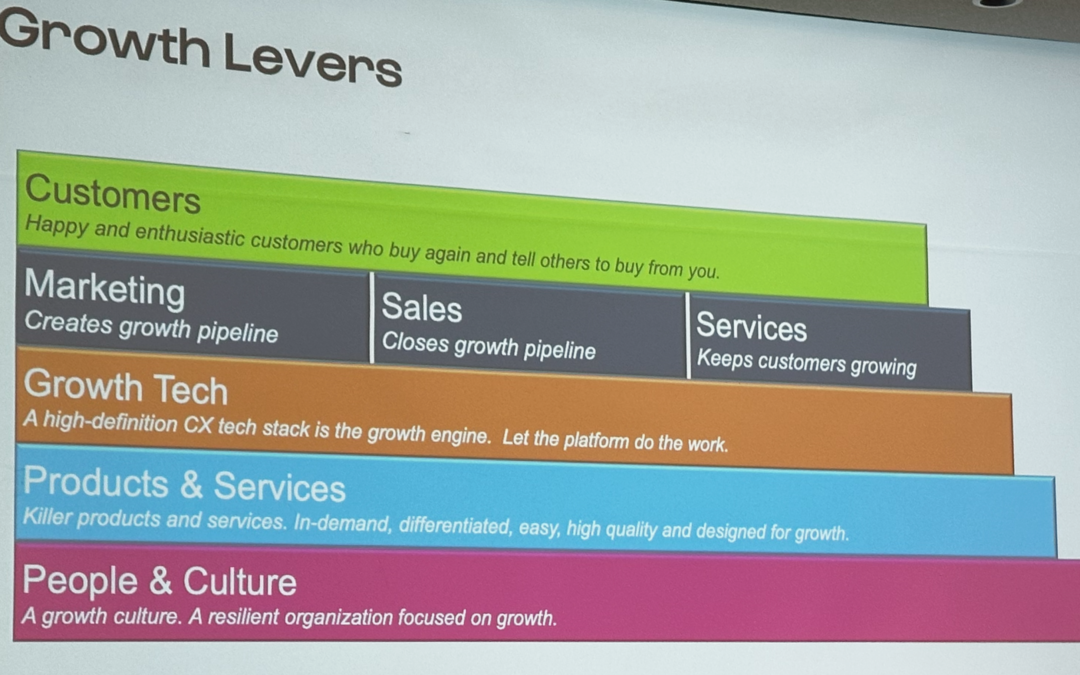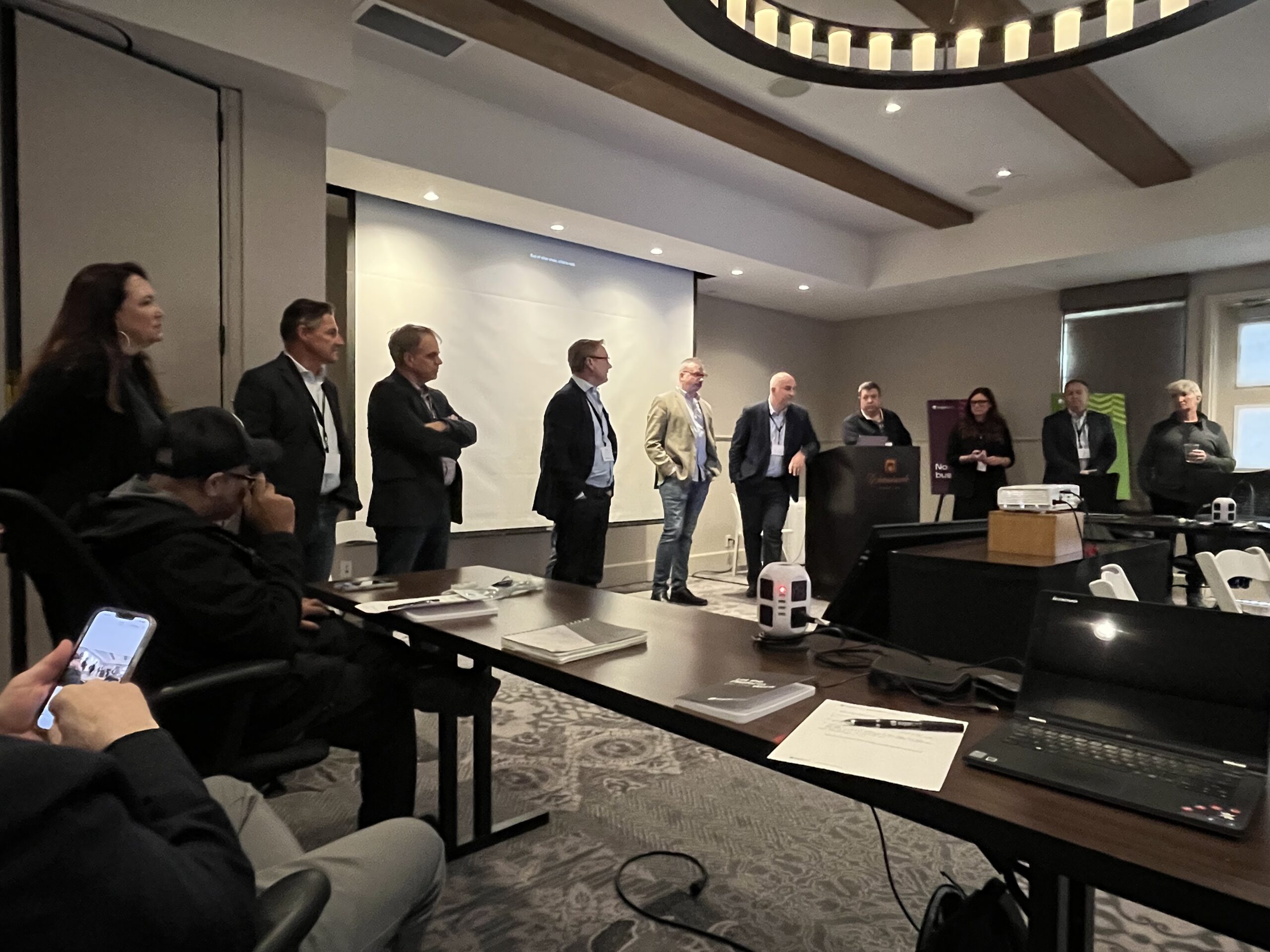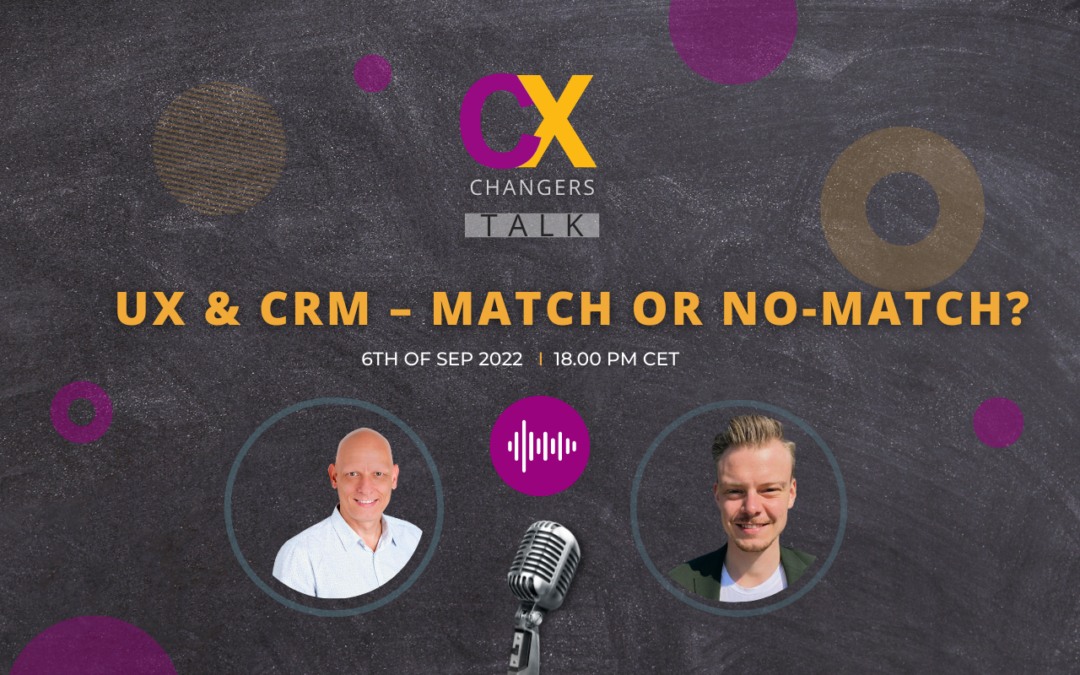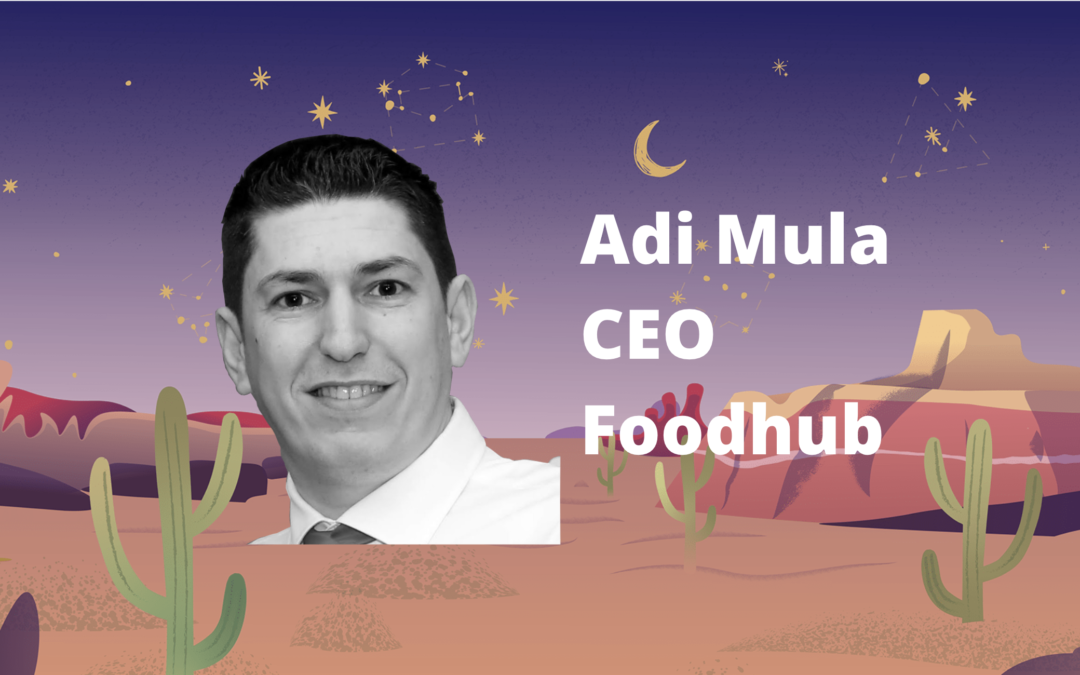
by twieberneit | Nov 25, 2022 | Blog |
One of the terms du jour is „industry cloud“. We hear it even more often than even platform or CX at this time. Why is that? Why do we speak about them only now and not for a longer time? After all, we have seen industry solutions forever, albeit on premise. Yes, the concept of vertical solutions is that old. What is the value of an industry cloud? How does “industry cloud” differ from “industry solution”? And does this term really describe what industries need? These are only some of the questions that we wanted to discuss with Vinnie Mirchandani as part of aCRMKonvo. Hurricane Ian intervened and Vinnie had more important things to do than a CRMKonvo. Luckily, everything turned out well for him. Good for the CRMKonvos team, that friend and Enterprise Irregular Jon Reed could jump in to what turned out to be an even more interesting topic than we hoped for. We will continue this discussion with Vinnie on a later occasion. He has quite something to say about industry clouds, and comes from another angle than Jon. The problem with industry clouds Most business applications have started their life as horizontal applications. This makes a lot of sense, as a good deal of the functionality that a business needs, and the application offers, is not exactly industry specific. Instead, it is applicable across a range of industries. Therefore, business software vendors at first concentrated on developing horizontal functionality, as this functionality is reusable across and customized for numerous industries. Often with only little effort. This applies to SaaS software as well as it did apply to on premise...

by twieberneit | Nov 18, 2022 | Analysis, Blog |
On November 10, 2022, SugarCRM held its annual analyst day in the beautiful Chaminade resort in Santa Cruz. In attendance was an elusive crowd of 14 analysts and six customer representatives, along with the SugarCRM executives. We gathered to inform ourselves about what is going on, what will be going on, and of course, to listen and talk to customers about how they solve their business challenges with SugarCRM. All of this in plenum- and individual formats along with good space for informal talks. The event Apart from the very important social activities that enabled SugarCRM executives, customers, partner representatives and analysts to mingle and talk, the event consisted of several informative briefings that ranged from strategy and roadmap sessions across the platform to all-important customer interviews. The last session was an open question and answer with the executive team. The customers in attendance have been very diverse, including (for profit) social business, a jet charter and service business, educational, medical businesses, and a governmental organization. Some of them are fairly new Sugar customers, some of them are with SugarCRM for a long time. What all of them have in common is that they have non-run-off-the-mill businesses and processes and that they use at least two of SugarCRM’s solutions. Some key insights that they shared were that they are often able to adapt their systems to changing needs by themselves and that, whenever they needed the support, it was readily available. Two of the stories brought very notable points. One business explained its ability to merge twenty plus acquisitions in less than two years into their system, so that...

by Marshall Lager | Nov 16, 2022 | Blog, News |
The world is getting back to normal, which means two things: Vendors are shifting back to in-the-flesh conferences, and I’m writing again. The convergence of these two facts leads to me cranking out a short blog about SugarCRM’s Analyst Summit, held Nov. 10 in Santa Cruz, CA.The real highlight of the event for me was speaking to Sugar’s customers, a healthy handful of whom were in attendance. This is a change from my usual experience, where I’m more absorbed in what the host company is doing in terms of strategy and/or product. These customers—I interviewed executives from an air travel contractor, a for-profit shoe charity, and a surgical instrument sterilizer, among others—were the stars of this show. It was a refreshing experience. Feel the Message The expected updates to Sugar’s product road map were there, along with some healthy discussion of messaging. As always, I appreciate Sugar’s leadership team and its willingness to listen to feedback on how the company presents itself and adjust accordingly, or at least tell us why they will keep what they have. But the real message for me was those customers and their relationships with Sugar. Most of the time, there’s a certain sameness about the reference customers vendors trot out at events like this; they’re either recognizable brands or have easily explained businesses, they have a typical application and employee environment, and the ROI story is A-B-C. Vendors want you to understand why their customers chose them, and sometimes a challenging story can delay that understanding. Truthful Tales, Timely Told SugarCRM’s spotlight customers for this summit brought their passion for their work with...

by twieberneit | Sep 9, 2022 | Blog, Sponsored |
When talking about CRM systems, people – especially managers – mostly think about functions, features, and control. How can a process be supported and managed? How can I get good analytics out of the system? Does it fit into the existing IT landscape? These and many similar questions take precedence when it comes to selecting software systems. Usability and UX are often only an afterthought or, even worse, lip service. The result of this is often an abysmal user adoption of systems, as they do not do what the users want, don’t help them or, on the contrary, cause even more work than the users had before. The CRM Sales and Impact report 2021 study by Arlington Research shows that on average 52 per cent of sales leaders report that their CRM platform is costing them revenue opportunities. This average increases up to 65 percent in specific industries. On the other hand, a study by UsabilityGeek finds that it is beneficial to fuse UX and CX. Similarly, according to research by Jacob Nielsen, when good UX design enhances the customer experience, companies see an average increase of 83 percent of the measured KPIs across marketing, sales, and service. Apart from the revenue boost, benefits include increased and accelerated adoption, higher productivity, improved customer satisfaction, reduced training time and lower support cost. Therefore, the main question to ask is not whether, or rather in how far improving the UX does improve the acceptance, use, and helpfulness of a CRM system. Instead, one needs to ask what it takes to come to a better UX and what the inhibitors are. This blog post is based on...

by twieberneit | Aug 17, 2022 | Blog, Sponsored |
During ZohoDay 2022, I had the chance to have a longer conversation with Adi Mula, founder and CEO of Foodhub. If you do not want to read too much but prefer watching the edited interview, you can do so here. Similar to GrubHub and DoorDash, Foodhub allows residents of the UK, India, Egypt, Australia, New Zealand, and Malaysia, the US and some more countries to order food to be delivered from a variety of local restaurants; unlike those other sites, Foodhub does not charge service fees. Foodhub currently has about 1,100 employees. Most of them are using Zoho products in one way or another and many use multiple Zoho products. Foodhub started its Zoho journey with the goal of simplifying processes and to be able to provide every team with simple and easy to use tools that will help them do their jobs. Originally, Foodhub worked with a set of interconnected, yet overly complicated applications. This journey started with implementing Zoho CRM because this was where the pain was biggest in this area. The sales teams in the various countries have different needs, yet the business needs them use a common foundation. The old solution did not support this. One of the problems that were caused by this was that Foodhub used huge Excel sheets to support its sales process. Besides the obvious complexity, this also caused a GDPR risk, as these sheets contained lots of personal data that could have easily be shared online. Moving to Zoho CRM immediately solved this problem by enabling model processes that solved the needs of the different regions while implementing an adequate security and permission model. Migrating...






